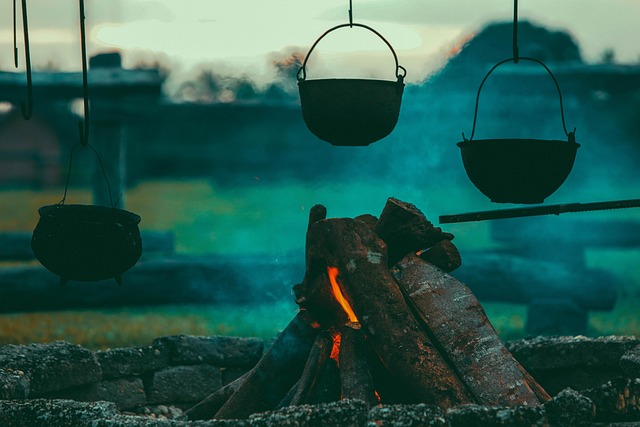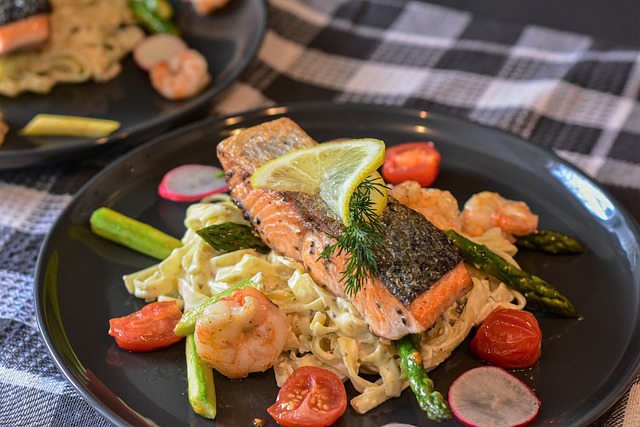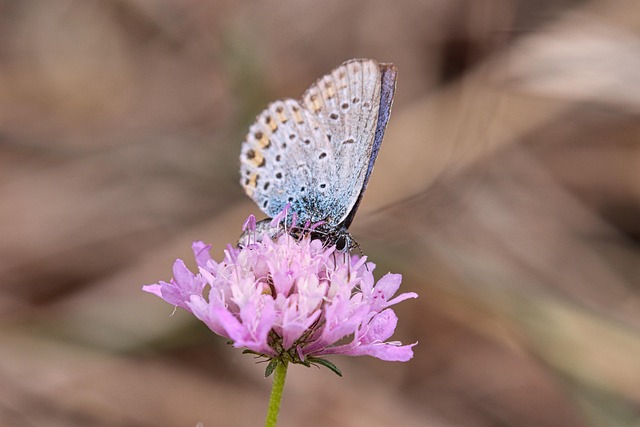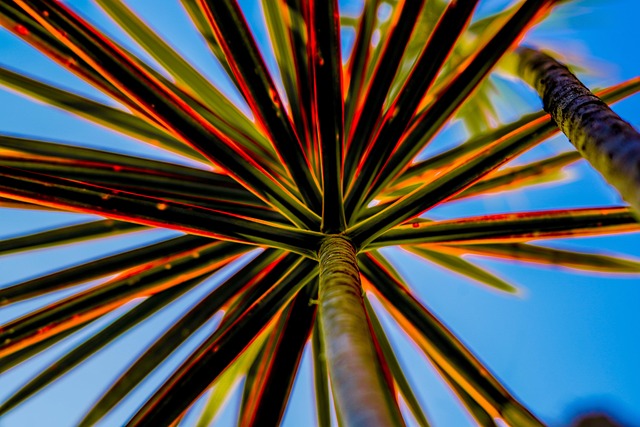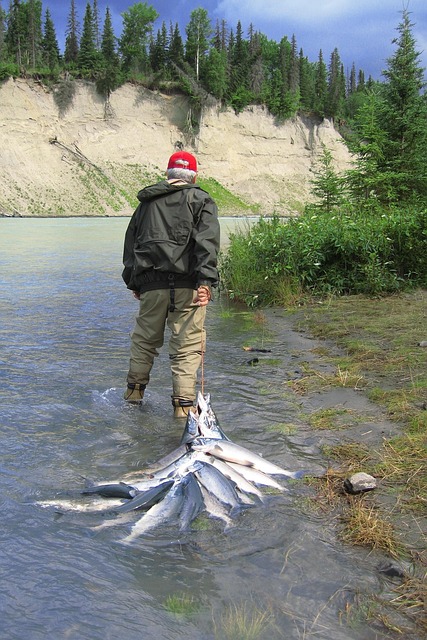Lane County, Oregon, boasts a storied history in salmon fishing, deeply rooted in its indigenous communities' culture and economy. Strategically located along the coast with numerous rivers, it facilitates traditional fishing methods like drift fishing, spearing, and fly rod casting passed down through generations. Local anglers employ techniques such as jigging and use natural bait like wax worms to attract salmon sustainably. Modern fishermen adhere to size limits, seasonal regulations, and collaborative stewardship efforts that balance economic viability and ecological preservation, ensuring the longevity of Lane County's iconic salmon fishing legacy.
Lane County, Oregon, boasts a storied history of salmon fishing traditions dating back generations. This rich heritage is deeply ingrained in the community, passed down through families who’ve honed their craft on the rivers and streams that wind through the county. From traditional techniques like drift fishing with fly rods to seeking out prime pools, local anglers have long cherished these practices. Today, sustainable modern methods combine with ancient knowledge, ensuring Lane County’s renowned salmon fishing legacy continues for future generations. Explore the intricate lane county salmon fishing techniques that preserve both tradition and the health of these valuable fish populations.
- A Historical Perspective: Lane County's Rich Salmon Fishing Heritage
- Traditional Techniques: Unlocking the Secrets of Successful Salmon Angling
- Preserving the Legacy: Modern Practices and Future Outlook for Lane County Salmon Fishing
A Historical Perspective: Lane County's Rich Salmon Fishing Heritage
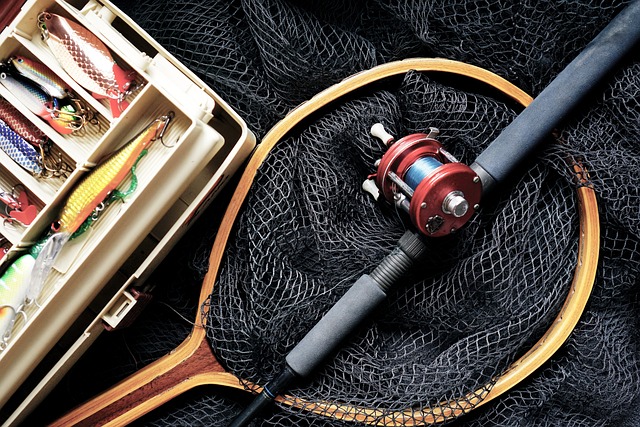
Lane County, Oregon, boasts a rich and storied history when it comes to salmon fishing, a tradition that has deeply rooted itself in the local culture and economy. For centuries, indigenous peoples like the Kalapuya and Yaquina have relied on the abundant salmon runs as a primary food source and integral part of their way of life. These ancient fishing methods, passed down through generations, still resonate today, forming the backbone of Lane County’s unique salmon fishing heritage.
The region’s strategic location along the coast and its numerous rivers and streams have made it an attractive spot for anglers. Local fisherman have perfected various techniques over time, including drift fishing with hand-made nets, spearing, and casting fly rods using specialized lures. These traditional methods not only sustain a vibrant fishing community but also draw visitors from around the world eager to experience the authentic Lane County salmon fishing tradition.
Traditional Techniques: Unlocking the Secrets of Successful Salmon Angling
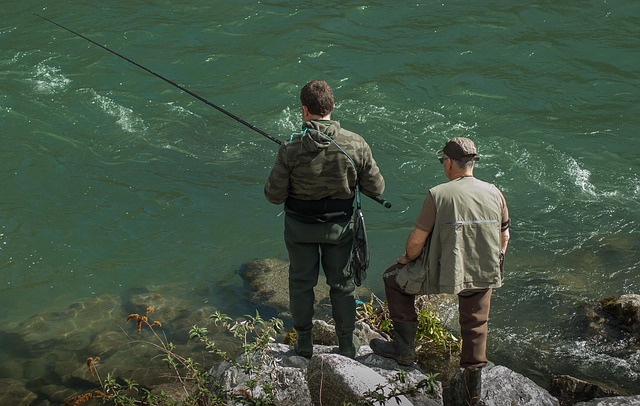
In Lane County, the art of salmon fishing has evolved over generations, passed down through families and communities, cultivating a deep-rooted tradition. Anglers here swear by specific techniques that have proven successful in attracting these elusive creatures. One such method involves the use of traditional bait, such as wax worms or small crabs, which are carefully threaded onto hand-crafted, lightweight fishing lines. This subtle approach allows for a more natural presentation, enticing the salmon without scaring them away.
The timing and location are equally crucial. Local fishers often venture out before dawn when the water is calmer and cooler, targeting shallow areas near riverbanks or submerged structures where salmon tend to gather. They use a technique called “jigging,” involving up-and-down movements of the bait to mimic struggling prey, a strategy that has been perfected over time. These traditional Lane County salmon fishing techniques are not just methods; they are a connection to the land and water, preserving a heritage that continues to attract both locals and visitors alike.
Preserving the Legacy: Modern Practices and Future Outlook for Lane County Salmon Fishing
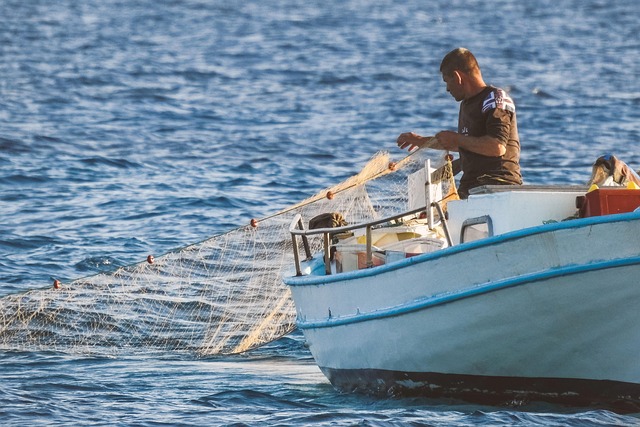
In Lane County, the tradition of salmon fishing runs deep, with practices that have been passed down through generations. Modern fishermen continue to honor these legacy techniques, combining time-honored methods with evolving conservation efforts. They employ traditional gear like hand-cast nets and dip nets, which require skill and precision, ensuring sustainability in their approach. By adhering to strict size limits and seasonal regulations, they strive to preserve the health of local salmon populations.
Looking ahead, the future of Lane County salmon fishing appears promising thanks to a concerted focus on environmental stewardship. Collaborations between fishermen, scientists, and conservation groups are fostering innovative practices that balance economic viability with ecological preservation. These efforts include habitat restoration projects and data-driven management strategies, ensuring that this cherished tradition can thrive for generations to come while maintaining the integrity of the region’s salmon fishing legacy.
